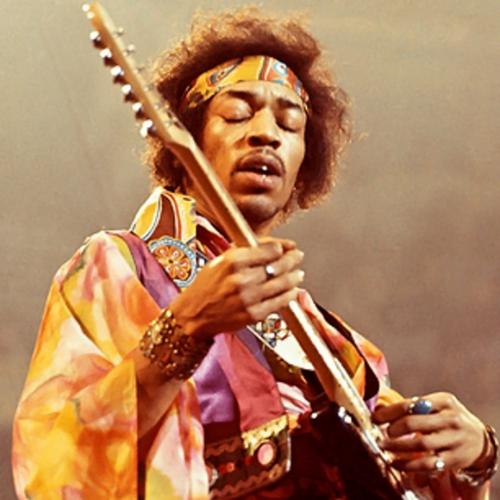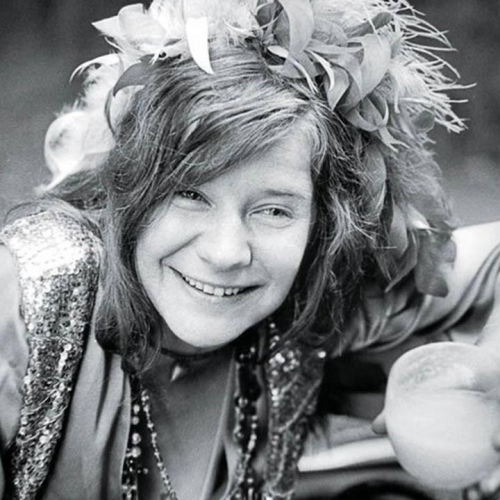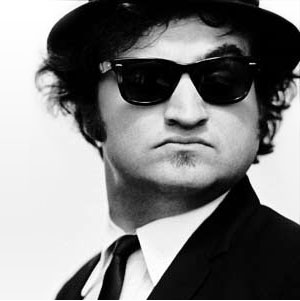Today is National Read Across America Day, where children at schools from coast to coast celebrate reading, books, and storytelling. The tradition began in 1998, as a celebration of reading on Dr. Seuss’s birthday. Dr. Seuss is one of America’s best-loved children’s authors, so on this day, let’s take a look at his life, how he became a beloved author, and celebrate reading!
Dr. Seuss National Memorial Sculpture Garden, Springfield, Massachusetts
Born Theodor Seuss Geisel in Springfield, Massachusetts, in 1904. His family, of German heritage, experienced harassment during and after World War I, but his family was very involved, and he developed a sense of patriotism that stayed with him through his life.
Dr. Seuss is Springfield’s hometown hero, and in 2002, the town unveiled a masterpiece sculpture garden dedicated to the author. It includes five large statues of some of Seuss’s most famous and well-loved characters, including the Cat in the Hat and the Lorax.
The entire exhibit is in the center of the Quadrangle, which is a cluster of museums, libraries, and community structures, including the Amazing World of Dr. Seuss Museum.
Oxford University, Oxford, England
After graduating from Dartmouth College, he moved to Oxford, England, to earn a PhD in English Literature. And where better than the oldest university in the English-speaking world?
However, it was there that he met his future wife, who encouraged him to commit full-time to a career highlighting his creative drawings. So, he left school after two years and returned to the US, and the rest is for the storybooks.
Family Home, San Diego, California
Within a few years, Seuss had a solid career in writing, but it took a detour during World War II, when he used his talents to help the war effort through films and other animations.
After the war, he and his wife moved to La Jolla, in San Diego. The four-acre estate had a four-bedroom house, with pool, and beautiful landscaping. The home was donated to University of California at San Diego after the death of his second wife. A few years ago, the property was divided into four parcels and sold at auction for about $19 million total.
University of California San Diego Geisel Library, San Diego, California
The main library of the university system was renamed in Theoror Geisel’s honor. He and his second wife had made several substantial contributions over the years to the university. The library is known for its bold and modern architecture called “Brutalist/Futurist”. The design is fitting for Seuss, as it looks like something that would be found in the pages of his books.
It has more than seven million books, including 8,500 items in the Dr. Seuss collection. This includes his early works, sketches, and manuscripts.
Library of Congress, Washington, DC
Of course, the OG library in the United States is the Library of Congress. The beautiful structure, which sits across the street from the US Capitol, is one of the largest libraries in the world. It actually has multiple buildings on Capitol Hill, as well as a few more buildings offsite.
It was burned by the British in the War of 1812, and lost much of its original collection. Thomas Jefferson donated his expansive collection of nearly 7,000 books. Sadly many of these were burned in a subsequent fire. Currently, the library has more than 160 million pieces! This amazing collection includes an original Gutenburg Bible, as well as items in more than 400 languages.
If you’re looking for some fun and interesting books to read with your little ones, here’s a wonderful list curated for variety and interest, which is sure to entertain all sorts of kids! Here’s to some happy reading. Happy Birthday, Dr. Seuss, and thanks for all the amazing adventures.
https://www.worldcat.org/lists/49c3900f-50d6-4be4-a7c3-01ff8f909fee































































